Maître d’Hotel Butter
Jul 11, 2012, Updated Jan 09, 2023
This post may contain affiliate links. Please read our disclosure policy.
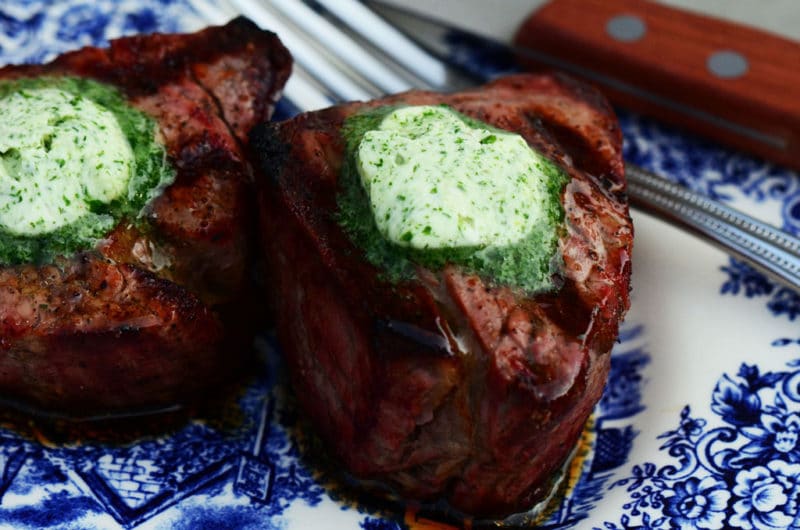
One of the favorite questions of food-focused people is: what’s the best meal you’ve ever eaten? I hate questions like that because I’ve never been good at favorites, which is probably why I like Neapolitan ice cream. Yet I love questions like that because they get us thinking about all of the fun times we’ve had around the table, and even more about what it is that makes a meal great.
When a driving force in one’s life on a given day has to do with food (I’ve moved across the country with supper in mind, and I wasn’t disappointed), zeroing in on the best of those days is like Sophie’s choice. But in the end Sophie had to choose, and whenever I do try just a little to consider what meals have been most memorable, a feast of another sort emerges, one tied to nostalgia, to history; it’s the kind of feast we can keep on having, the kind of feast that our Hemingway, who we claim as our own up here in Michigan, so brilliantly called moveable.
Is it too cliché of me to recall a meal in Rome? It was romantic in its own way, even though it was a family meal and Eros was nowhere in sight. We were seated outside at Dal Bolgonese in Piazza del Popolo. Twinkling lights hung from the trees, and my father put on an Arabic accent to let the Italian waiters know he had language too. That had all of us laughing, and we ordered plate after plate of the finest eggplant parmesan I’ve ever eaten. It turned out this was one of the last real meals my dad ate, which in retrospect gave our time that evening that much more significance.
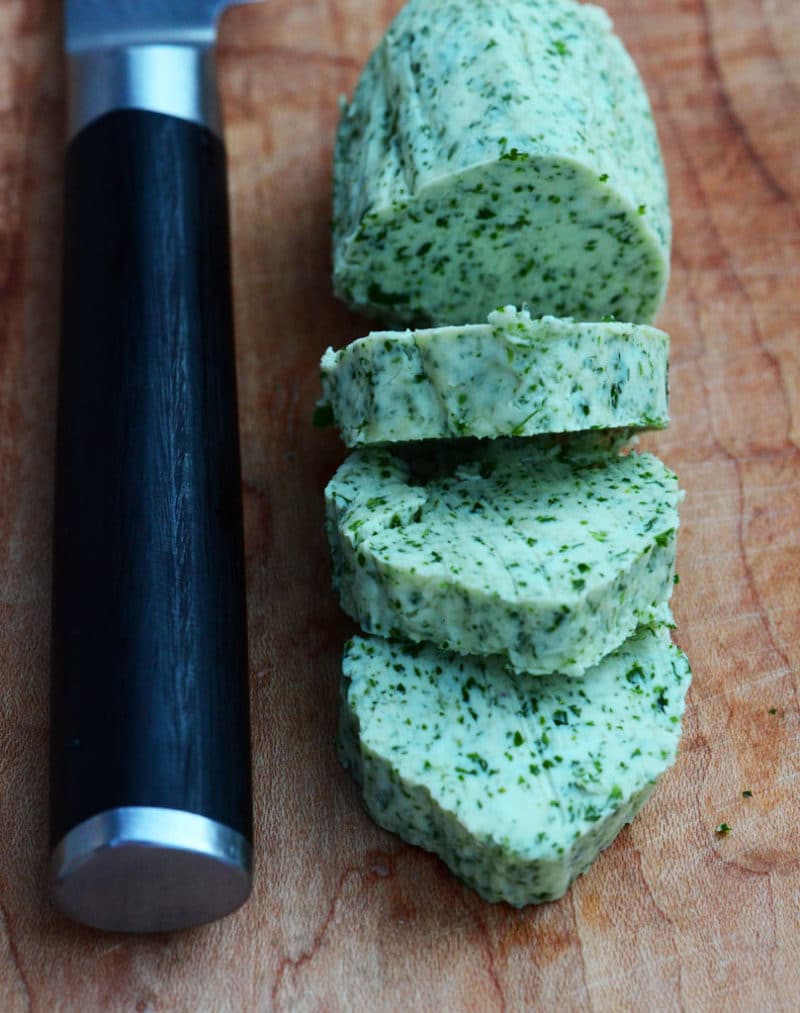
A few of us went back several years later, and I wonder if the whole trip wasn’t driven by our desire to eat again at Dal Bolgonese, with the parmesana and the tables along the box hedges. But this time we were seated inside, far in the back, and our waiter was sour. We asked for the eggplant. NO, he barked. No? No longer on the menu, he said tediously. Say it isn’t so! But it was so. The meal, in keeping, was also so-so, and we left feeling a deep sense of disappointment, and a little foolish for thinking we could recreate the memory.
Another great meal of my nostalgia is not so much a single meal, but many meals had over many years at a single restaurant in Chicago. Mon Ami Gabi, a French bistro in Lincoln Park, sits on a corner overlooking the botanical gardens. The sparkling lights there are wound around the trees and out across the branches, creating a halo over your meal. Elegant people stand at the zinc bar eating oysters and drinking their cocktails. This place was first on my list when I moved to Chicago in the mid-90s, and it has since remained the favorite where we always eat when the family visits. Nearly every table there has been set for us at one time or another.

Dessert at Mon Ami Gabi was for me the first taste of its greatness and what set years of returning there in motion. It was a napoleon, enthroned on a stand on the pastry cart which was positioned so that diners could see it from any vantage point. For years I had devoured napoleons from Green’s bakery in Harbor Springs, right on the sidewalk outside the bakery: huge slices of puff pastry filled with fluffy white cream and frosted with signature white and chocolate glaze. Mon Ami Gabi took my napoleon-love even deeper, with vanilla pastry cream studded with fresh raspberries.
When I met Kevin Brown (who heads up Lettuce Entertain You Enterprises, which owns Mon Ami Gabi) on a flight from Chicago to Harbor Springs, we both waxed poetic about that napoleon, long gone from the menu by then, but still remembered and beloved. We spoke also of the steak frites, the bistro classic that is topped there with melting, mouth-watering maître d’hotel butter and accompanied by fries crisped by their immersion in duck fat. I was proud to tell Kevin that my first attempt at food writing, per se, was in the form of a letter I sent to Bon Appetit magazine requesting a chocolate pecan tart recipe from Mon Ami Gabi. They procured the recipe and published it, and my letter, too.
When I left Chicago two years ago, I knew I could find a French bistro or two that would serve the same dishes as Mon Ami Gabi. I didn’t want tempt fate, though, and mess with my best-meal-longings, as I had in Rome. So I turned instead to my own kitchen, where I’ve made the napoleon, the maître d’hotel butter, and even the eggplant parmesan. They may be missing the pleasure of the places and people with whom I’ve eaten, but still they hint at some the greatest meals I’ve eaten—feeding my nostalgia, my desire to ‘return home,’ my moveable feast.
This essay was published recently in my monthly column, Main Street Kitchen, in the Harbor Light. If it seems things have been quiet from my kitchen this week, that’s because it’s been filled with that time we wait for all year, when the whole clan comes to Harbor Springs…I’ll be back to our regular visits again next week.
Maître d’hotel butter
Compound butter is simply butter combined with aromatics to make an easy, beautiful sauce for grilled meats, fish, or vegetables. The butter is typically formed into a cylinder and sliced. Store it in the refrigerator or freezer, then bring to room temperature before serving so that the butter will readily melt.
1/3 cup parsley, chopped
1 teaspoon shallot, finely chopped
1 ½ tablespoons lemon juice
1 stick (4 oz) unsalted butter, softened
Salt, to taste
In a small food processor, pulse the parsley, shallots and lemon juice until finely chopped. Add the butter and puree, stopping and scraping down the bowl of the processor as you go. Season to taste with salt.
On a piece of plastic wrap, spoon the butter into a log-like line about 1 ½ inches wide. Fold the plastic wrap over the butter and roll the butter up, forming a log shape. Refrigerate or freeze until solid.
To serve, let butter soften slightly. Place 1/4-inch slices of the butter on hot grilled meats, fish, or vegetables.
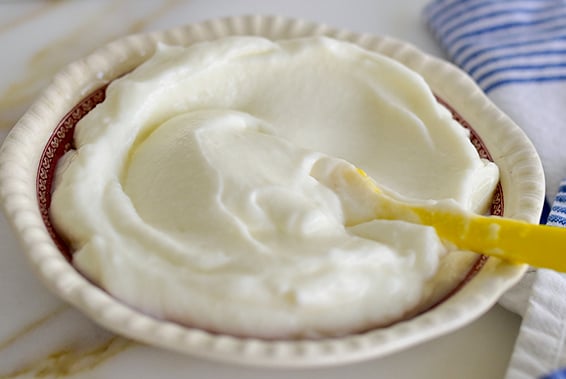

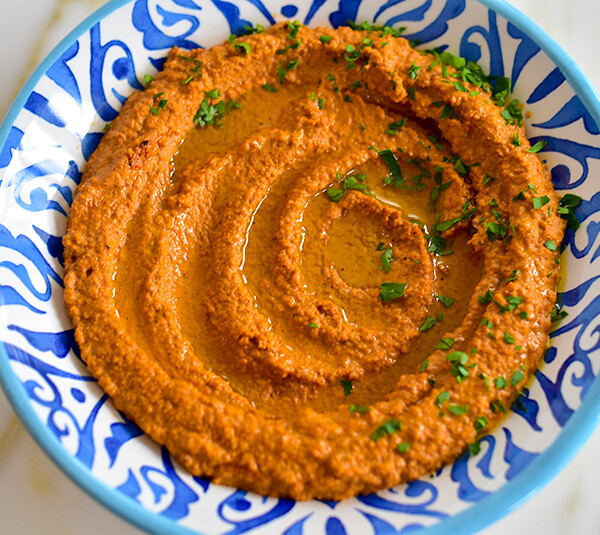
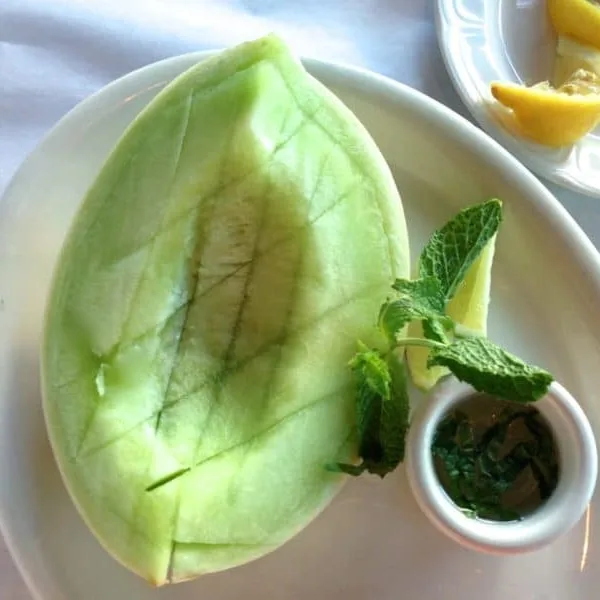







Loved this essay…. It made me ramble through my own nostalgic meals and I enjoyed the journey.